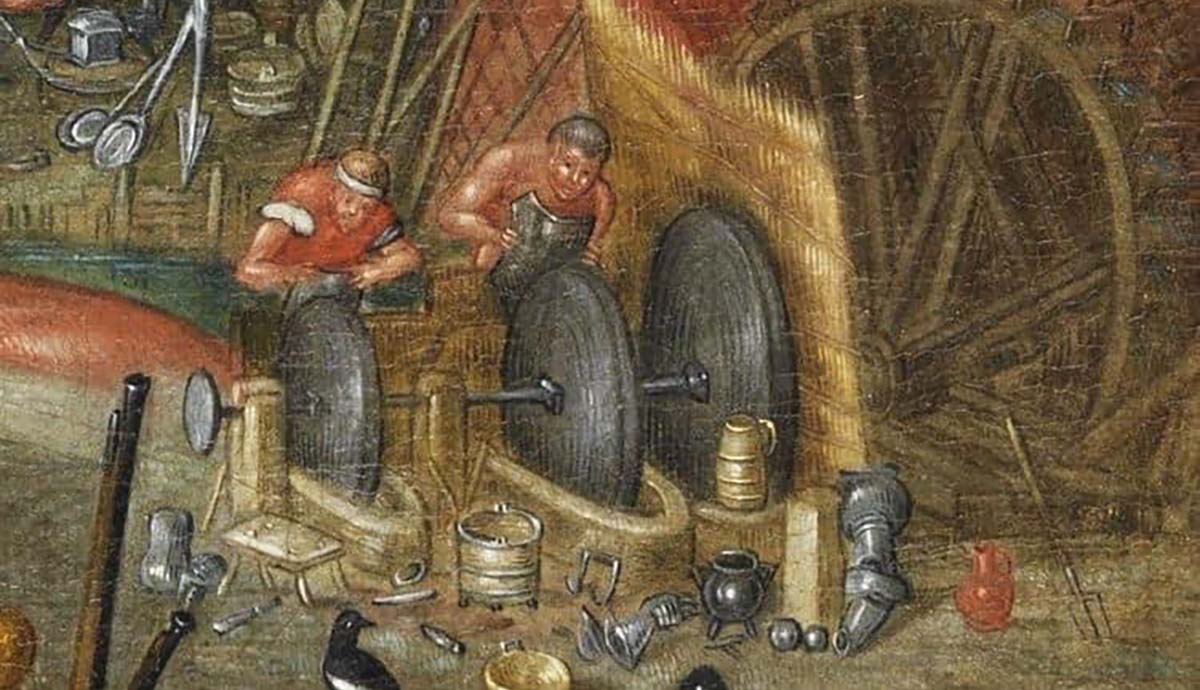
At some point in everyone’s life they reflect on past decisions and contemplate ‘what if I knew then, what I know now?’ The purpose of this series is to answer some of the most commonly asked questions regarding the building of a reproduction harness through the lens of someone who has walked the path for more than two decades. While it may come across as rather snobbish advice to some, rest assured that, if maintaining a relatively high degree of historical accuracy is important to you, it will save you a great deal of heartache and money ...
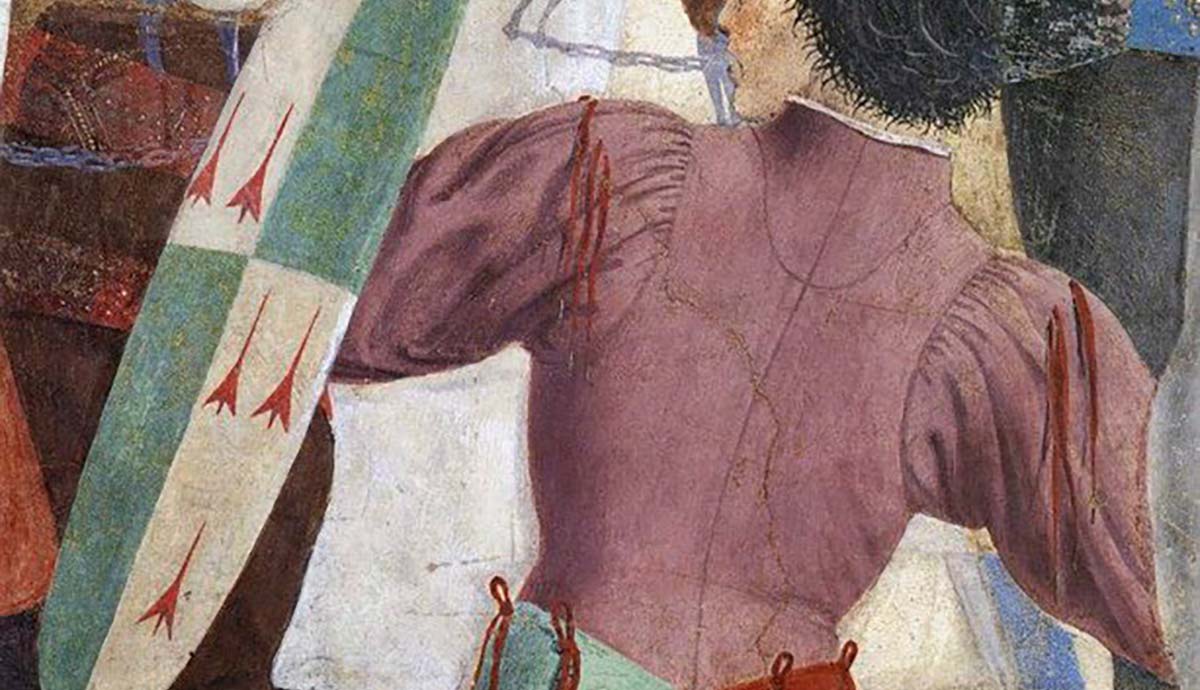
Although there are numerous examples of knights being armed in period illustrations, almost no written descriptions have survived. One notable exception is the 15th-century English treatise commonly known as "How a man schall be armyd" found in the Hastings MS. Written about 1450, it describes step-by-step how a knight would be dressed in armour before fighting in a judicial duel. The following is a transcription of the passage [Hastings MS folio 122b] in its original Middle English: He schal have noo schirte up on him but a dowbelet of ffustean ...
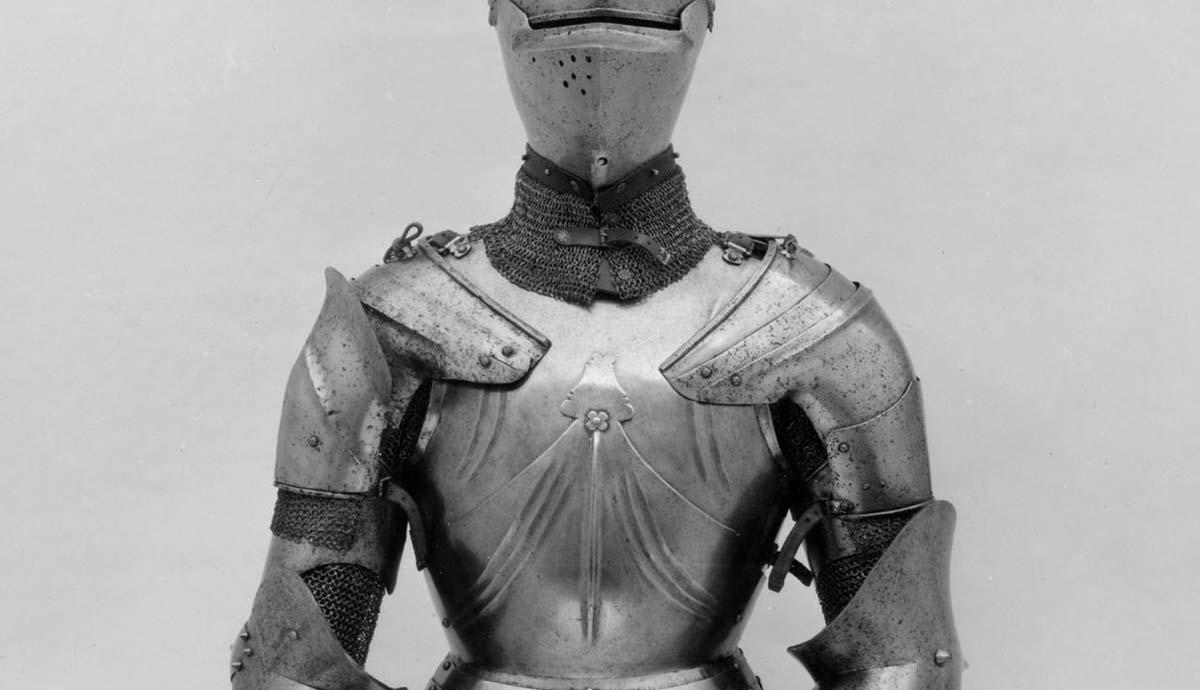
Considering the fact that an overwhelming number of armours displayed in museums are "composed," meaning they have assembled from various pieces, not always even from the same regions or general time period, how good are they really for use as a basis for reproducing a "historical" harness? Late-19th and early-20th century collectors such as Bashford Dean, who founded the Metropolitan Museum of Art's Department Arms and Armor, seem to have been less concerned about the provenance of pieces than modern curators are today.
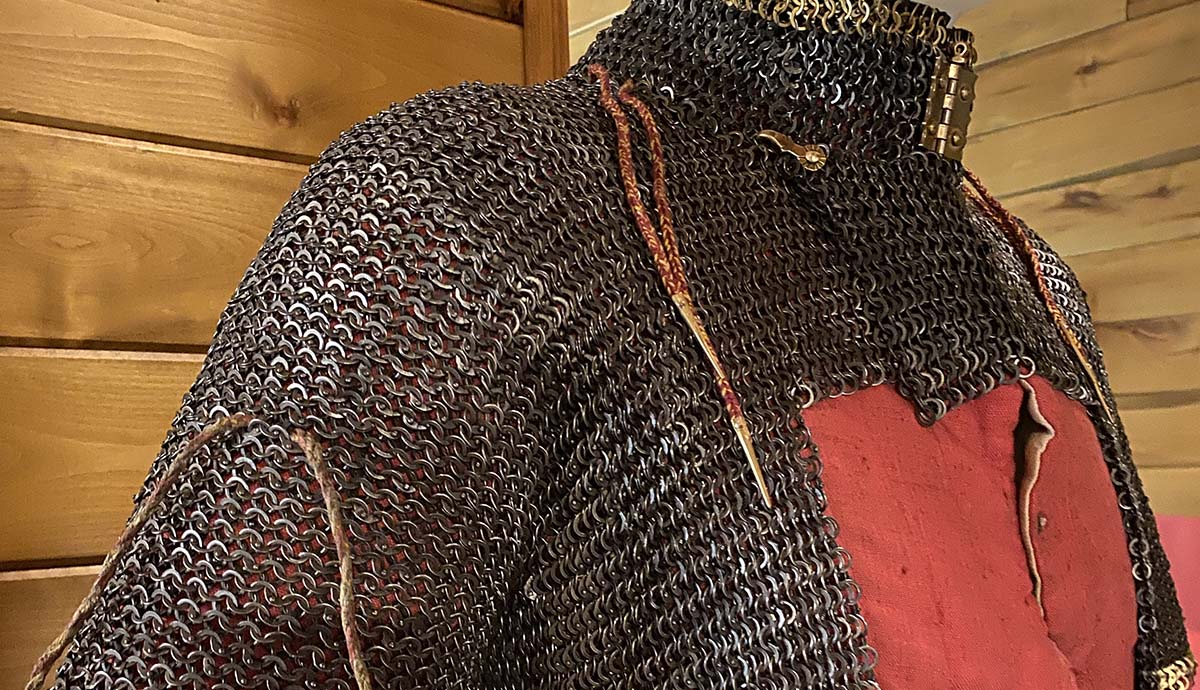
Among practitioners of historical reenactment, there seems to be a never-ending experimentation involved with wearing maille under armour. The wearer's tastes evolve; their style of armour changes; the rules governing simulated combat are updated; issues such as comfort or weight become more important with age and experience. Perhaps it is entirely a modern phenomenon, as the majority of the aforementioned are somewhat trivial, while self-preservation on the battlefield was likely the most important consideration of the medieval ...

What kind of armour would an English man-at-arms have worn about the time of the first battle of St. Albans in 1455? While question may sound simple and straight forward, the answer took more than 3 years to fully realize. The greatest obstacle was the fact that almost no armour of verifiably English manufacture has survived from the fifteenth century. Who better to ask than the foremost experts on the subject: Dr. Tobias Capwell, curator of arms and armour at the Wallace Collection? Dr. Capwell has spent years studying ...
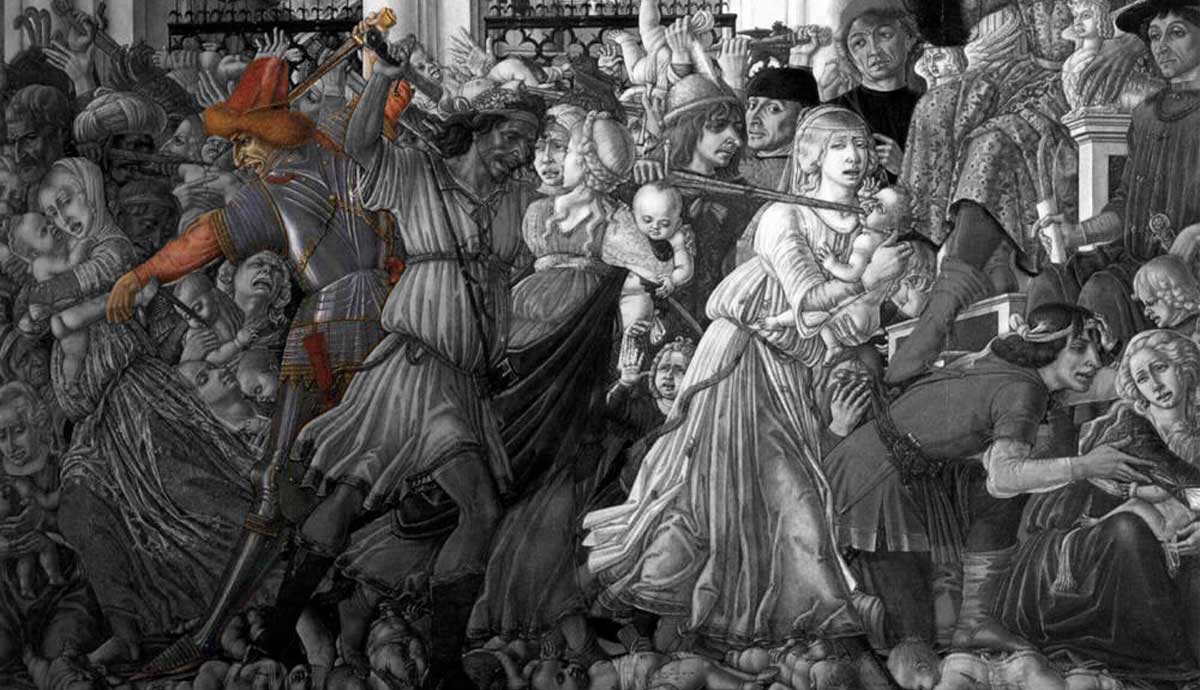
Dirk H. Breiding of the Department of Arms and Armor at the Metropolitan Museum of Art expertly explains in the space of a few brief paragraphs the national and regional armor styles in his essay Fashion in European Armor, 1400-1500. The following excerpts are taken from article: At the beginning of this period, by about 1420, the development of full plate armor--a defense enclosing almost the entire body with a system of steel plates articulated by rivets and leather straps--was complete. Regional and national fashions ...
